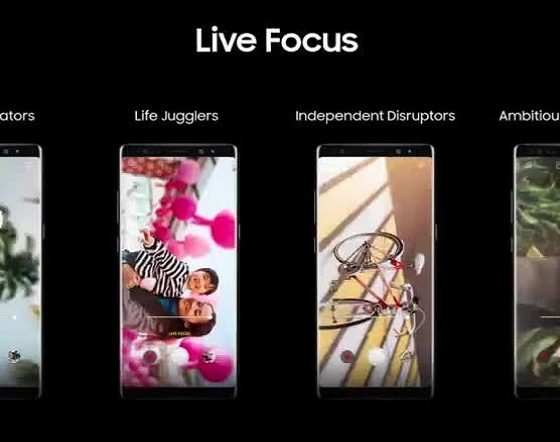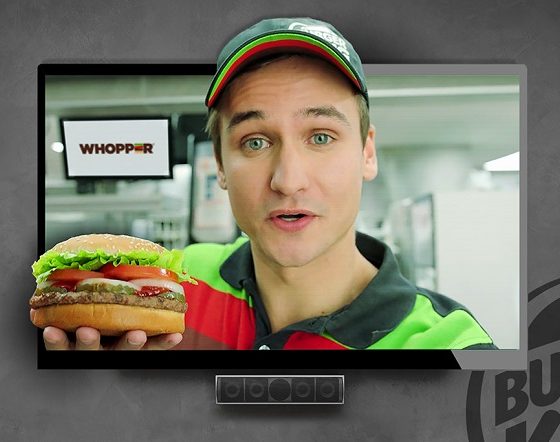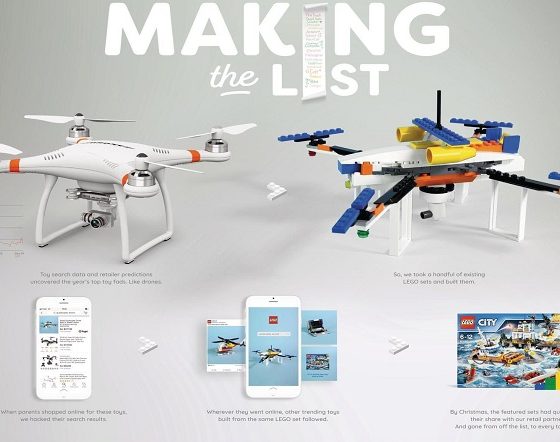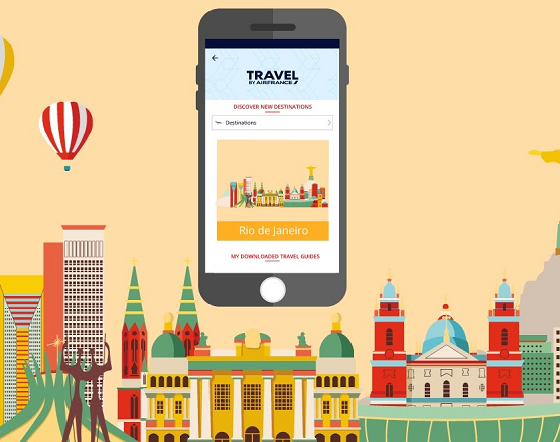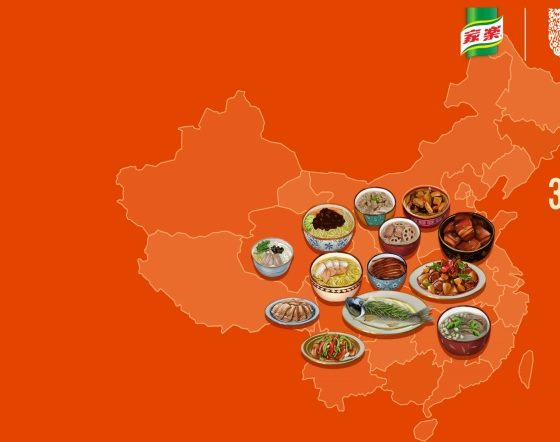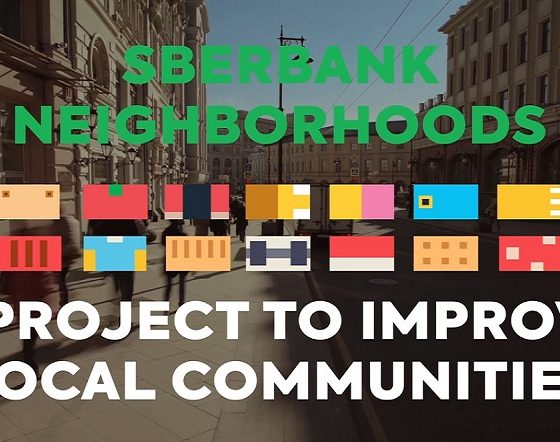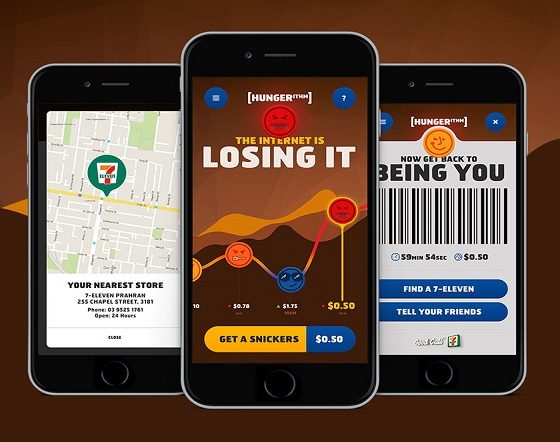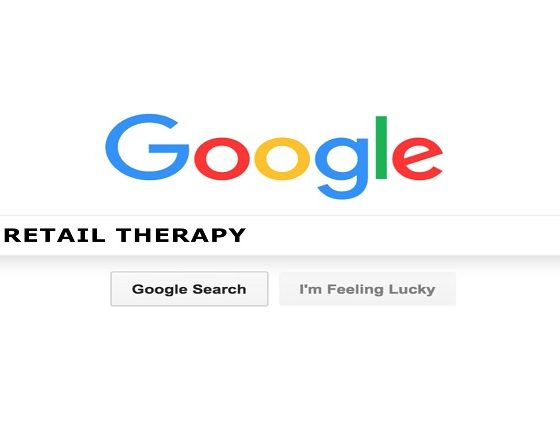Étiquette : Insight data
Little moments, bigger things
By Samsung
Samsung wants to make the Note8 a phone for everyone, so its campaigne has to reach for everyone in a personalized way. The brand used micro-segmentation to deliver sequentially hyper-relevant content such as video and social display based on customer’s behavior, interest, consumer journey, connecting data, creative, and media around a single client driven proposition in ways that could not be achieved by one big insight…
Google home of Whopper
By Burger King
In our days where people are surrounded by advertising, getting audiences to listen & engage with a TVC is a struggle. However, voice search through smart devices like Google Home is seriously disrupting the ad world. And those voice activated devices are gaining adoption within US House-holds, with many keeping these devices in their living rooms near their TVs. Burger King saw the chance to win people’s attention back to their TVC by “hacking” those smart devices.
Making the List
By LEGO
Lego is the world’s favorite toy. In order to make this brand appeal to children of our days throughout the competitive Christmas season, Lego introduced “Making The List”. The brand gathered key word from Google research data and hack the search result when parents are looking for gifts for kids on-line with a version build from Lego bricks.
Care Counts
By Whirlpool Corporation
Every day in the US, more than 4,000 students drop out of school and thousands of kids miss school because they lack clean clothes. The Care Counts project involved installing washing machines in schools in order to reduce the rate of absenteeism of at-risk student in the classroom. For this, each student had an identifier linked to his name to correlate with their current presence.
Air France app, your best travel companion
By Air France
The new updates of the Air France improve customer experience, for example by enabling passengers to see the number of kilometers they have been flying with Air France, by notifying them when the last order is inconsistent with the purchase history (for example if someone ordered a non vegetarian meal for the first time in 15 years) and by giving them access to the end of a movie during the 72 hours following landing
A Taste of Home
By Knorr
Chinese New Year is a hard time for homesick chefs who should work at restaurants thus cannot reunite with their families. With precision targeting based on their social, search and behavior data, Knorr reached to professional chefs emotionally on this occasion via Wechat to engage them with personalized interactive contents.
SBERBANK NEIGHBORHOODS
By Sberbank
Sberbank processes transactions for 80 million clients and 1.2 million businesses. Data show that infrastructure often doesn’t meet local needs. People’s opinions on local needs fuel targeted campaigns, promoting loans for small businesses. Sberbank uses empty window fronts, billboards and geo-targeted online banners to ask locals’ opinions, offering algorithm-generated solutions. Local responses initiate an advertising campaign targeting suitable businesses.
Hungerithm
By Snickers
To modernize “You’re Not You When You’re Hungry” and also make price something worth following outside the store. Snickers created the Hungerithm. A hunger-algorithm that that monitored online mood and lowered SNICKERS® prices accordingly at every 7-Eleven in Australia. The angrier the Internet got, the cheaper SNICKERS® became.
Retail Therapy
By IKEA
Ikea Retail Therapy renamed a large number of IKEA Products after Google searches. So that every search for common relationship problem led to a renamed IKEA product , that solved problem.
